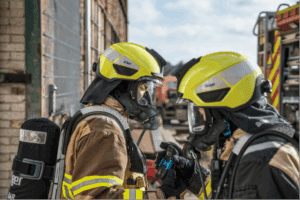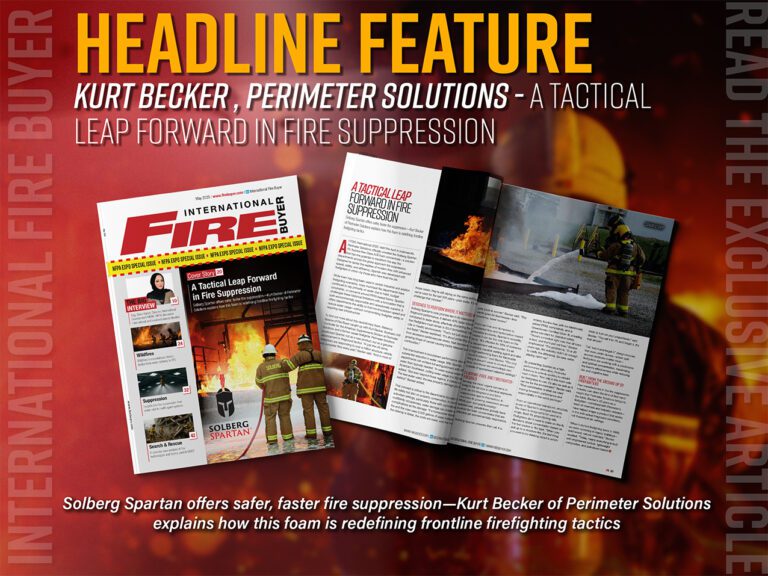When a building is destroyed by fire, is this a regulatory success? Chair of the BSA, Iain Cox explores this notion exclusively for Fire Buyer magazine
Iain Cox is Chair of the Business Sprinkler Alliance (BSA), the National Fire Sprinkler Network (NSFN) and the Fire Risk Assessment Competency Council. Iain retired from the Fire Service in June 2013 after 34 years, the last ten of which he served as Chief Fire Officer of Royal Berkshire Fire & Rescue Service. From 2009 to 2011 he was a Board member of the Chief Fire Officers Association (CFOA) with responsibilities for Prevention and Protection. He was awarded the Queen’s Fire Service medal in 2009. Iain has a BSc in Physical Geography from the University of Reading and an MA in Management from Coventry University.
“As a serving fire officer, and as the National Lead for the Chief Fire Officers Association on Fire Safety, I have seen the benefits that sprinkler protection can bring to business, communities and individuals. Unfortunately, I have also witnessed the devastation that is wrought by fire in unprotected premises. I sincerely believe that if more businesses understood the real benefits – and the true costs – of fire sprinklers, then more companies would install them.”
Iain Cox, Chair of the Business Sprinkler Alliance provides exclusive insight, for Fire Buyer magazine, into regulations and guidance and why we need to understand that current UK Building Regulations are ‘life safety’ based and not designed to achieve resilience to fire.
Businesses are being pressed to increase their spend on sustainability; to conserve, reuse and recycle more. We must therefore question as to why a building, which is built to meet regulations, can burn down and be counted as a regulatory success. It may come as a surprise that nearly seven out of 10 (69%) businesses are unaware that building regulations in the UK do not adequately prevent and protect against the devastating risk of fire.
From industrial and commercial buildings to residential buildings and schools, people are surprised by the impact and devastation caused by fire and just how many buildings are vulnerable to fire. In May last year, we witnessed over 100 firefighters tackle a large night-time blaze at a laundry business in London. The fire and rescue service prevented the fire from spreading to other buildings, but sadly the laundry business was devastated by the fire. It followed similar fires in Dewsbury which destroyed a bed manufacturer and a fire in Carrickfergus which devastated an upholstery business.
In contrast, a fire at another upholstery business, Love2Sleep in Manchester, had a very different outcome, with an automatic sprinkler system activating and extinguishing the fire prior to the arrival of the Fire and Rescue Service. The business was up and running that same day.
Regulatory guidelines
Under current building regulation guidance, the businesses that suffered the devastating fires were below any guidance threshold for sprinklers. Yet so was the one that was saved by the sprinklers. The impact on the devastated businesses and their employees and communities in which they operate will be significant.
It is clear from a life safety perspective there are fewer deaths or injuries because of fires in industrial and commercial buildings in this country. Whether that is a direct consequence of the building regulations alone is debatable. What is clear is that the outcome of the fire is a ‘success’ if all occupants evacuate safely even if the building is badly damaged or destroyed.
To read more exclusive features and latest news please see our March issue here.
Media contact
Rebecca Morpeth Spayne,
Editor, International Fire Buyer
Tel: +44 (0) 1622 823 922
Email: [email protected]





































